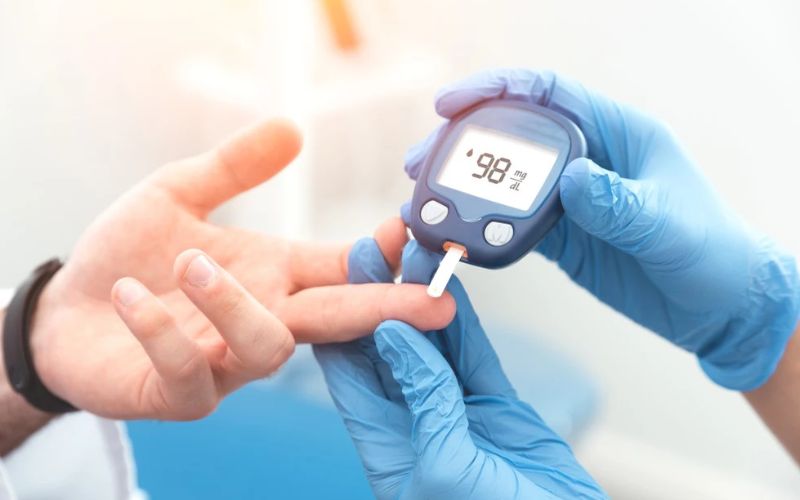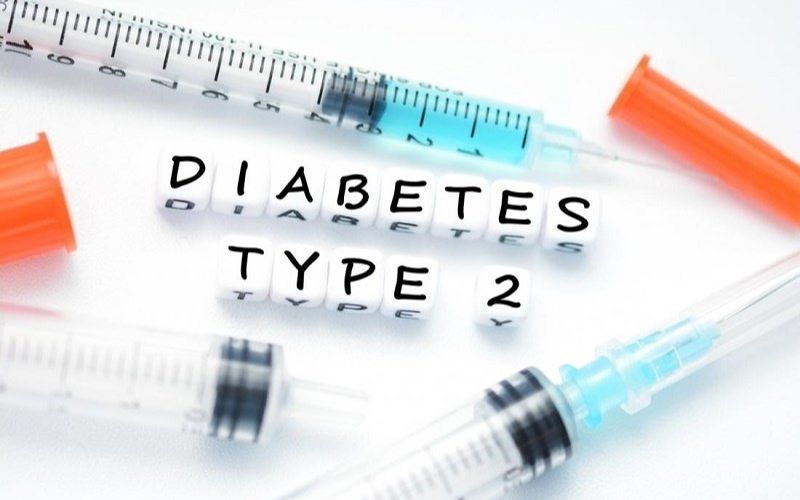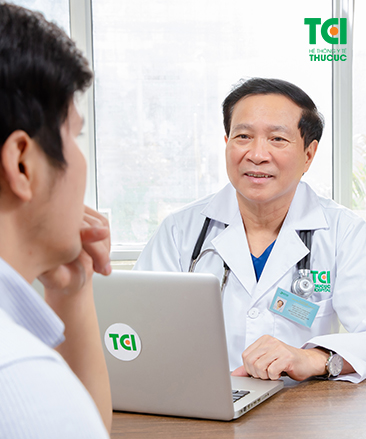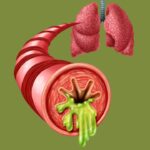Diabetes is one of the most common metabolic disorders worldwide, with an alarming increase in incidence and a concerning trend toward younger onset. It occurs when the body struggles to regulate blood glucose levels, leading to chronically elevated blood sugar. Due to its often silent progression, many individuals are unaware they have the disease until complications develop. Therefore, understanding how to recognize diabetes plays a vital role in early diagnosis, effective treatment, and the prevention of long-term complications.
1. Understanding Diabetes and Its Common Types
Before discussing how to recognize diabetes, it is important to understand the different types of this disease. The three most prevalent forms include type 1 diabetes, type 2 diabetes, and gestational diabetes. Each type differs in cause, pathophysiology, and clinical presentation.
– Type 1 diabetes is an autoimmune condition where the immune system attacks the insulin-producing beta cells in the pancreas. It typically begins in childhood or early adulthood.
– Type 2 diabetes is the most common form and is usually associated with sedentary lifestyles, obesity, and genetic predisposition. It often develops in adults but is increasingly seen in younger populations.
– Gestational diabetes occurs temporarily during pregnancy due to hormonal changes that interfere with insulin usage.
Recognizing the specific signs associated with each type is essential for timely and accurate diagnosis.

Diabetes is one of the most common metabolic disorders today.
2. How to Recognize Diabetes: Key Warning Signs
2.1 Recognizing Type 1 Diabetes
Type 1 diabetes often begins suddenly and severely. When the body cannot produce insulin, glucose accumulates in the bloodstream, causing noticeable symptoms.
Key signs include:
– Persistent fatigue and excessive hunger despite regular meals
– Unexplained weight loss
– Frequent urination and constant thirst, as excess glucose is excreted via urine, leading to dehydration
– Dry mouth, itchy or dry skin due to fluid loss
– In some cases, diabetic ketoacidosis may be the first manifestation, which is a medical emergency
These symptoms are often overlooked or mistaken for other conditions, contributing to late diagnosis.
2.2 Recognizing Type 2 Diabetes
Type 2 diabetes develops gradually as the body becomes resistant to insulin. In early stages, it may be asymptomatic or have subtle signs.
Common symptoms include:
– Recurrent yeast infections, especially in moist areas like between fingers, the genital area, or under the breasts
– Slow-healing wounds due to poor blood circulation and nerve damage
– Fatigue, blurry vision, tingling or numbness in the hands and feet
Because these symptoms can be mild, how to recognize diabetes early often depends on being alert to these signs and seeking medical evaluation promptly.

It occurs when the body becomes resistant to insulin, preventing effective glucose utilization.
3. Recognizing Gestational Diabetes
Gestational diabetes typically does not cause noticeable symptoms and is often detected through routine screening between 24–28 weeks of pregnancy.
Possible (but non-specific) signs include:
– Increased thirst
– Frequent urination
– Fatigue
These may be easily mistaken for normal pregnancy-related changes. Therefore, the most reliable way to detect gestational diabetes is the oral glucose tolerance test (OGTT), which measures blood sugar levels at intervals after glucose ingestion.
4. Managing and Preventing Diabetes
4.1 Treatment
Patients should seek care at reputable medical facilities with endocrinology specialists for proper diagnosis and treatment planning.
– Type 1 diabetes requires lifelong insulin therapy.
– Type 2 diabetes is often managed through lifestyle changes, including a healthy diet, regular physical activity, and weight control. Oral or injectable medications may be prescribed when necessary.
Though there is no permanent cure, with consistent treatment, diabetes can be well managed.
4.2 Prevention
While type 1 diabetes cannot be prevented due to its autoimmune nature, type 2 diabetes is largely preventable. Key measures include:
– Maintaining a balanced diet low in sugar and processed foods
– Engaging in regular physical activity
– Avoiding obesity and monitoring weight
– Individuals with a family history of diabetes should undergo regular health checkups
A healthy lifestyle is fundamental to reducing the risk of developing diabetes.

A balanced diet is essential for preventing diabetes.
5. When to Get Screened for Diabetes
Understanding how to recognize diabetes means knowing when to seek medical evaluation. Anyone experiencing the symptoms described above should undergo blood glucose testing.
Those at higher risk including individuals who are overweight, physically inactive, have a family history of diabetes, or women with a history of gestational diabetes should have regular screenings, even if symptoms are absent.
Persistent fatigue, unexplained weight loss, dry mouth, and delayed wound healing are red flags that should not be ignored. A simple blood test can lead to early diagnosis and significantly improve treatment outcomes.
Recognizing early signs of diabetes is the key to preventing complications and improving long-term health. By learning how to recognize diabetes, individuals can take control of their well-being and access timely care to lead healthier lives.








